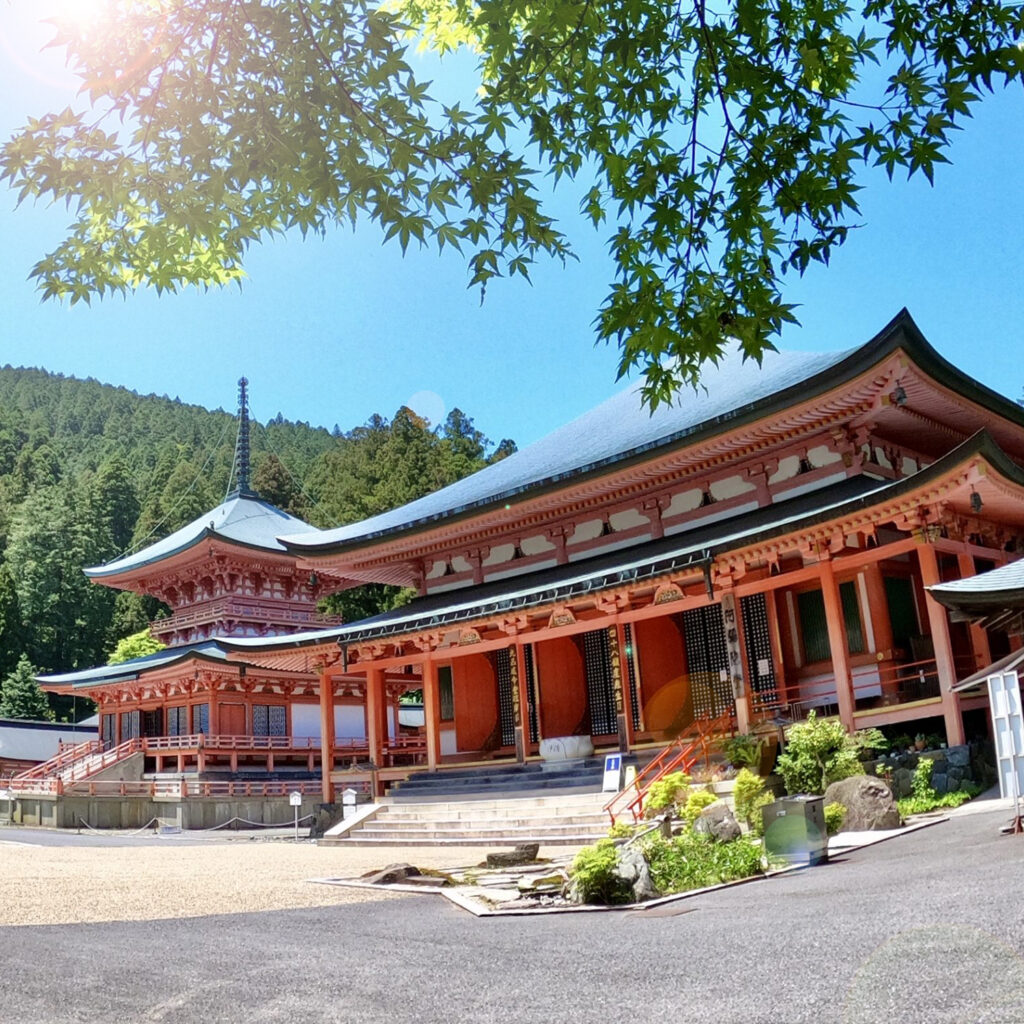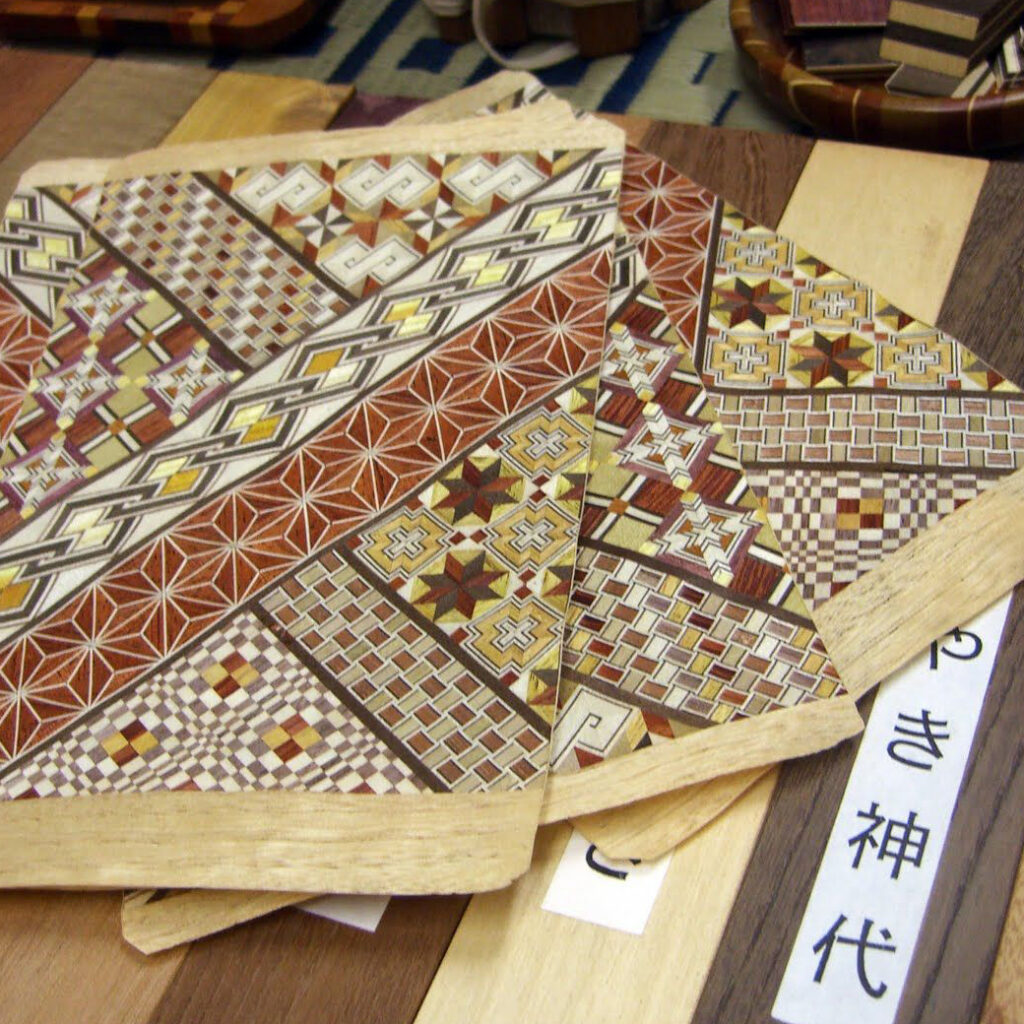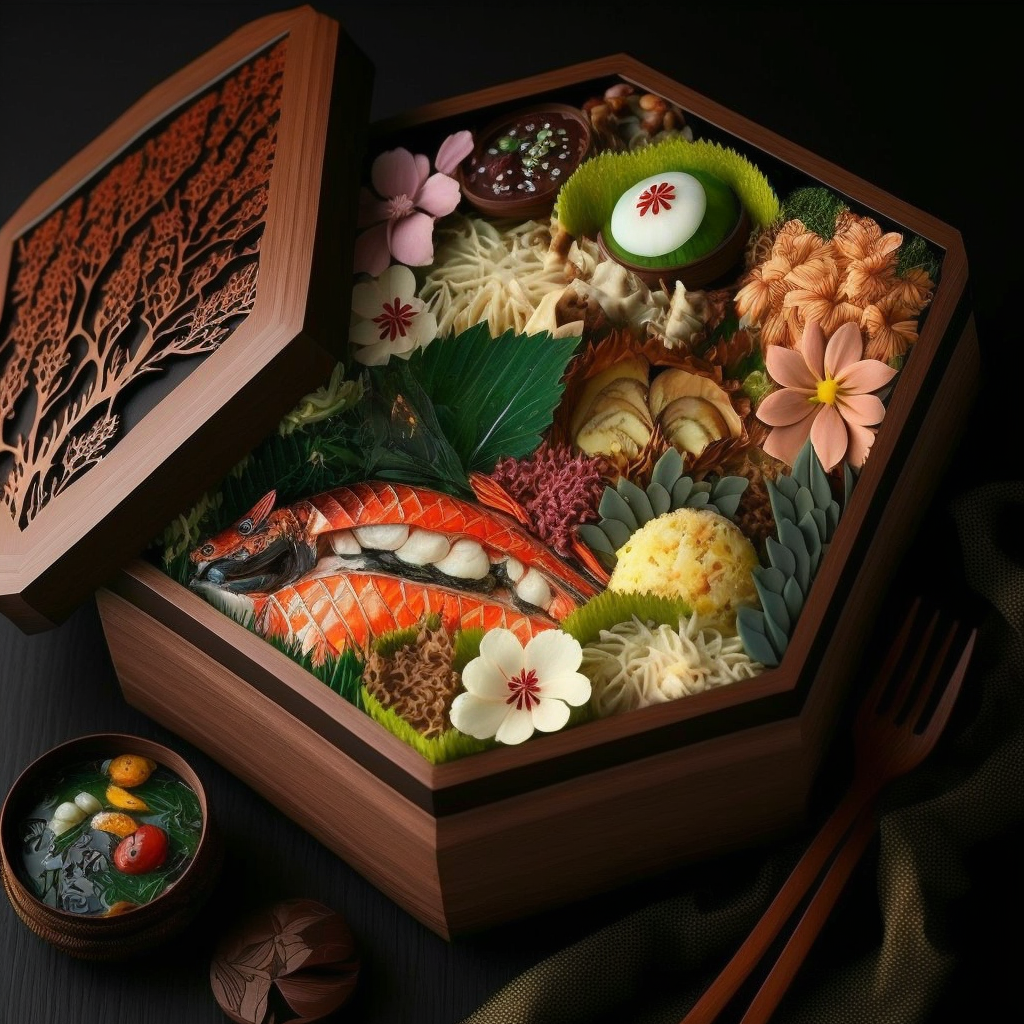Enryaku-ji is a Buddhist temple located on Mount Hiei, Shiga Prefecture, Japan. It is considered one of the most important temples of the Tendai sect of Japanese Buddhism and was founded in the 8th century.
History of Enryaku-ji
The temple was founded in 788 by Saicho, also known as Dengyo Daishi. Saicho was a Japanese Buddhist monk who had studied Buddhism in China and aimed to create a Japanese version of Tiantai Buddhism. He chose Mount Hiei as the foundation site for the temple because of its spiritual importance and its strategic position as the highest point in the Kyoto area.
Enryaku-ji is known to have been the center of the Tendai sect of Japanese Buddhism for centuries. This sect was founded by Saicho himself and is characterized by its integration of Indian and Chinese Buddhism into Japanese culture. The Tendai sect has been extremely influential in Japanese history, playing an important role in the spiritual and political life of the country.
The temple also played an important role in the history of the 12th century Japanese civil war, known as the Heian period. The monks of Enryaku-ji were often involved in the political conflicts of the time, supporting various factions and even fighting against other temples.
The temple has suffered many setbacks over the centuries, including fires and wars, but it has always managed to recover. It is considered a symbol of the endurance and resilience of Japanese culture and spirituality.
Architecture of Enryaku-ji
Enryaku-ji Temple is composed of three main areas: the Tō-dō (東塔), the Saitō (西塔) and the Yokawa (養河). The Tō-dō is the most important area and houses the most sacred buildings of the temple. It is also where the headquarters of the Tendai sect is located. The Saitō is the residential area for the monks, while the Yokawa is the area surrounding the other two and is mainly gardens.
The buildings of Enryaku-ji are characteristic of traditional Japanese architecture. The roofs are covered with tiles and the walls are made of wood. The buildings are built in a cantilevered structure, with wooden pillars supporting the roof. This structure allows the buildings to remain stable even during earthquakes.
The temple also has a five-story pagoda, which is considered one of the most important buildings in the temple. It was built in 1642 and is one of the few wooden structures of the time to have survived the fires and wars that destroyed many other buildings.
Cultural and spiritual importance of Enryaku-ji
Enryaku-ji is an important pilgrimage site for Japanese Buddhists and is considered one of the most important spiritual sites in the country. It is also a symbol of Japanese history and culture and has been a UNESCO World Heritage Site since 1994.
Enryaku-ji is known to have produced many influential Buddhist scholars and thinkers during its history, who have contributed to the development and spread of Japanese Buddhism. The temple is also considered the birthplace of the Shugendō school, a form of Japanese spirituality that combines elements of Buddhism, Shintoism and Taoism.
In addition to its spiritual importance, Enryaku-ji is also known for its beauty and architecture. The gardens around the temple are carefully maintained and feature elements of traditional Japanese culture, such as ponds, wooden bridges and stone lanterns.
There are several ways to get to the temple:
- By train: The nearest station is Sakamoto Station on the JR Biwako Line. From there, you can take a local bus to the cable car of Mount Hiei, then take the cable car to Enryaku-ji.
- By car: It is possible to get to the temple by car, but please note that parking is limited and it may be difficult to find a space on busy days.
- By bus: Local buses run regularly from Kyoto and other cities in the area to the Mt. Hiei cable car, from where you can take the cable car to the temple.
The opening hours of Enryaku-ji temple vary according to the season. In general, the temple is open every day of the year, except in case of bad weather conditions. The opening hours are generally from 8:30 am to 4:30 pm. However, it is advisable to check the actual hours before your visit, as they may vary depending on special events or ongoing work.



